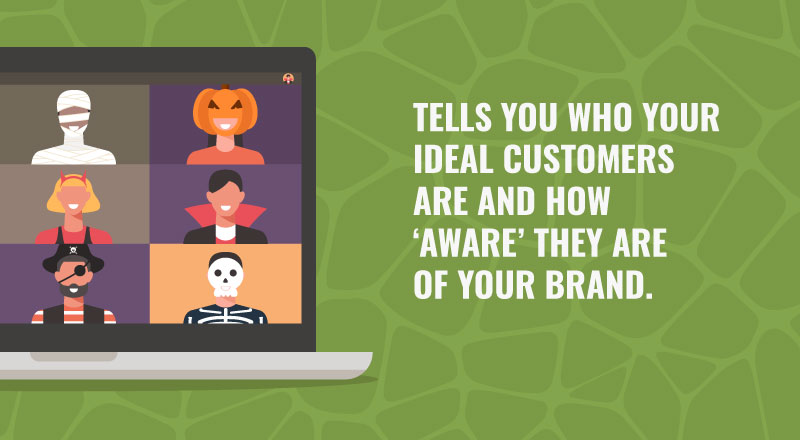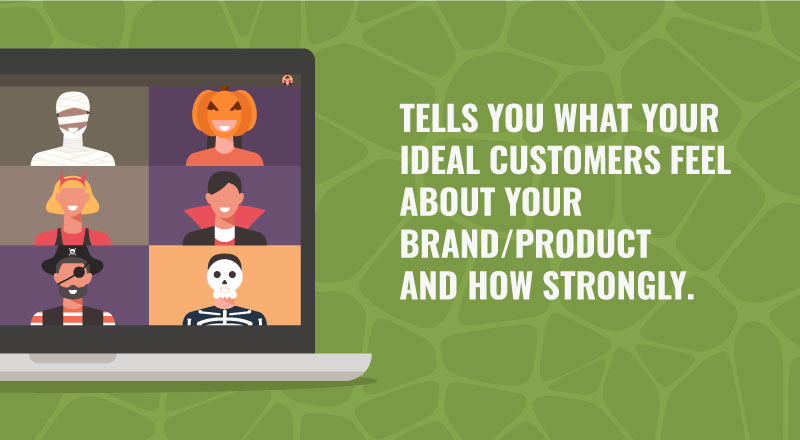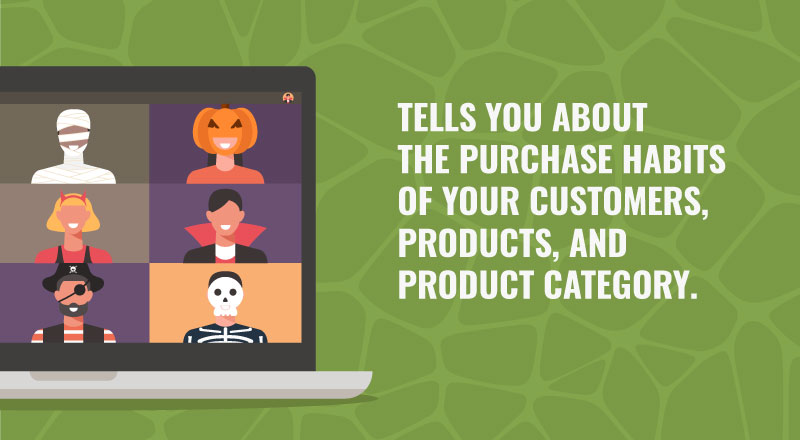
Featured Image: iStock/ST.art
Halloween marks the start of the holiday season and with everyone in festive mood, spending budgets no longer seem real. Last year, 2021, US consumers spent a total of an estimated $10.1B on Halloween shopping, the highest Halloween spending ever. Candies, decorations, and costumes were the biggest money-makers for businesses and retailers for the holiday.
To make your brand a staple of your audience’s holiday shopping, knowing them is the key. If you don’t have a deep and nuanced understanding of who your target customer is and why/how often/what they are buying from you, you can get into all sorts of traffic jams.
If you don’t know who you are selling to, what do they like or don’t, the type of spending budgets they have, or the characteristics in a product they prefer, you can’t really sell effectively.
Some typical roadblocks you can hit include:
Awareness, Attitude, and Usage surveys are one of the most vital market research tools. Broadly speaking, an AAU study gives you insights into 3 core areas of your branding and marketing: awareness, attitude, and usage.
The data you get from these studies help you track changes in your consumer awareness, habits, attitudes, and perception over time. Usually, you study this data against a comparative element. This could be competing businesses, past user data from various times, or even data from other markets.
Let’s take a look at how each area of an AAU study is critical in understanding your ideal customers a bit better.

This is the first section of an AAU survey and is designed to help you understand how much your consumers are aware of your brand/products. You want to gauge their awareness of not only you but how you fare when compared to your rivals.
Typically, you’ll include top-of-the-mind as well as recognition questions in this part. Here are some common questions from our Awareness, Attitude, and Usage survey template:
The data you get from these results is essential to creating ad or marketing campaigns to increase your brand awareness. This precise data allows you to answer people’s awareness and recognition of you in relation to other competing brands.

This section covers your audience’s emotions, perceptions, intentions, feelings, and beliefs about your brand/products. This is a pretty critical stage of your survey. A lot of modern spending is tied closely to emotions, beliefs, and perceptions. Large,established brands spend millions of marketing dollars into creating favorable narratives for themselves so people continue to feel good about their brands and keep buying from them.
Some standard questions you can ask to understand your customers’ feelings towards you, include:
While these are close-ended questions designed to give you specifics, you can get deeper by including a few open-ended questions. Such as:

This is where things get real. The usage metrics are consumer insights into purchase behaviors of your target market. What are they buying? When are they buying it? How much of it are they buying? Are they combining that purchase from another one by another brand? If so, which product is what?
Knowing the buying habits of your target market helps you become more proactive and effectively responsive when you or a competitor launch new products, brands, or marketing campaigns.
A few helpful questions you should include in this part of the survey look something like this:
This section of the study is incredibly vital to understanding your ideal consumers’ lifestyle and how your product or brand fits into it at all. You can use this data to position your brand better, price it more optimally, and even improve your supply chain.
The current economic climate is dominated by disruptive technologies, spending habits guided by emotions and beliefs, and broader changes, like the climate crisis, over all. In times like these, it’s important to remain updated on what your customers are thinking and if there are any changes into how they think about you and your products/services.
Awareness, Attitude and Usage surveys are a popular and proven way to find trackable data that helps you spot patterns of changes that could make your marketing more confident.
As you start preparing for your Halloween marketing and advertising this season, use our customizable AAU survey to gain a deeper, more contextualized understanding of your target audience.
Kelvin Stiles is a tech enthusiast and works as a marketing consultant at SurveyCrest – FREE online survey software and publishing tools for academic and business use. He is also an avid blogger and a comic book fanatic.